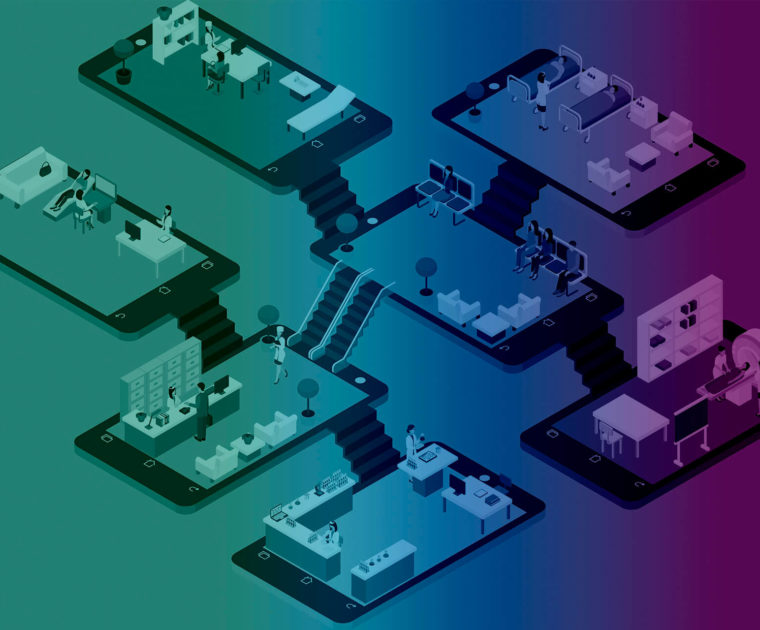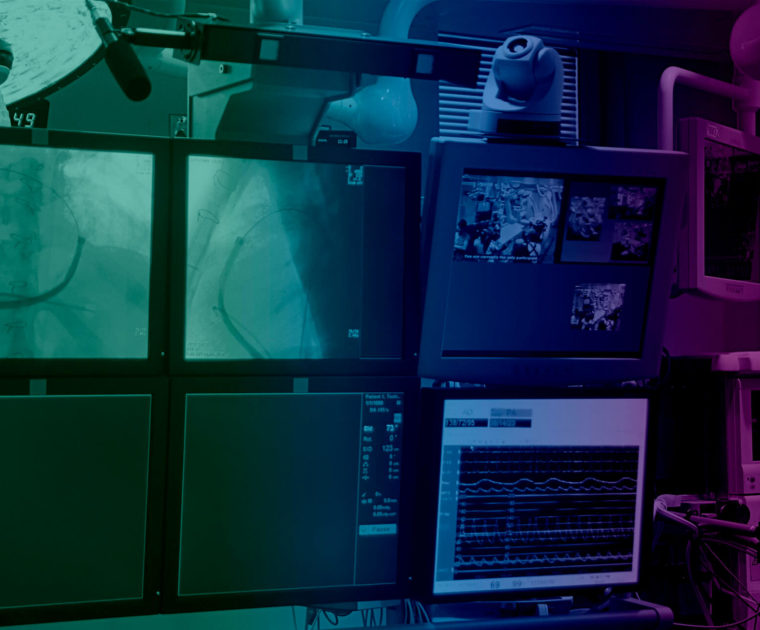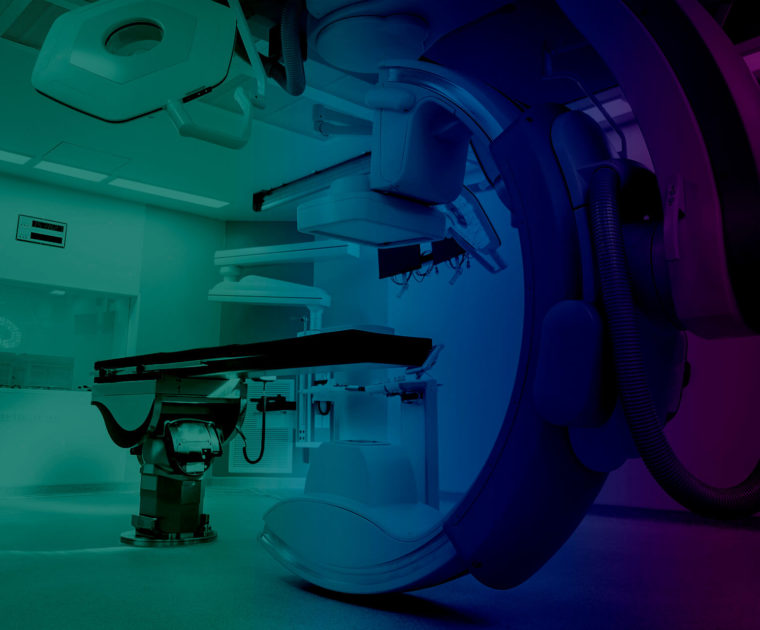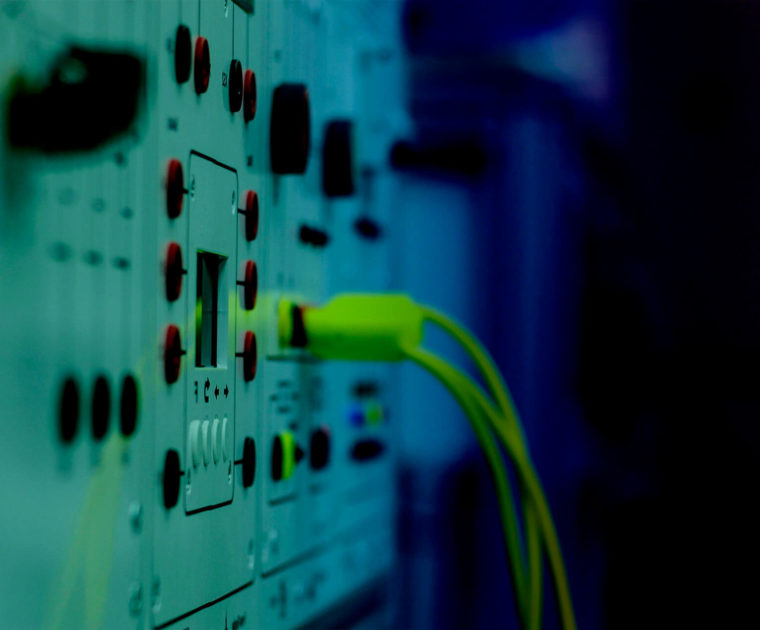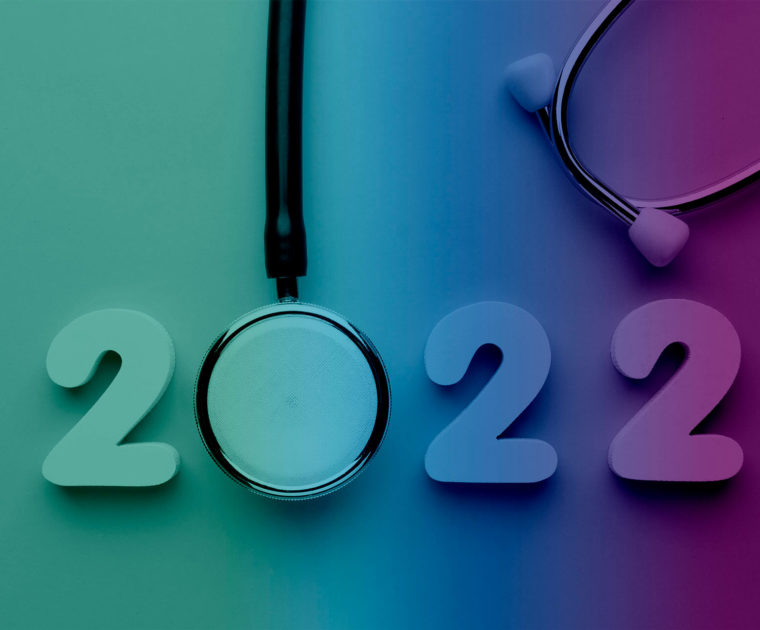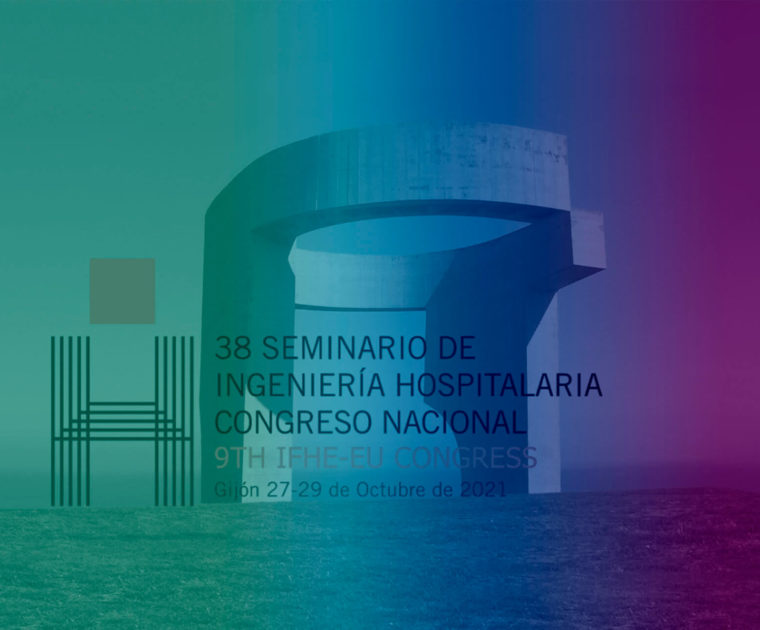Among the amalgam of modern and innovative technological solutions for intelligent buildings, one of the most prominent is the BMS system.
This solution for energy saving and efficient control of safety and comfort in hospitals is one of the best tools available to health centres to avoid energy waste, problems in the electrical installation and serious situations such as those that can occur in critical hospital areas.
Building Management Systems (BMS) are increasingly used in all types of public and private buildings. In our case, especially in hospitals.


